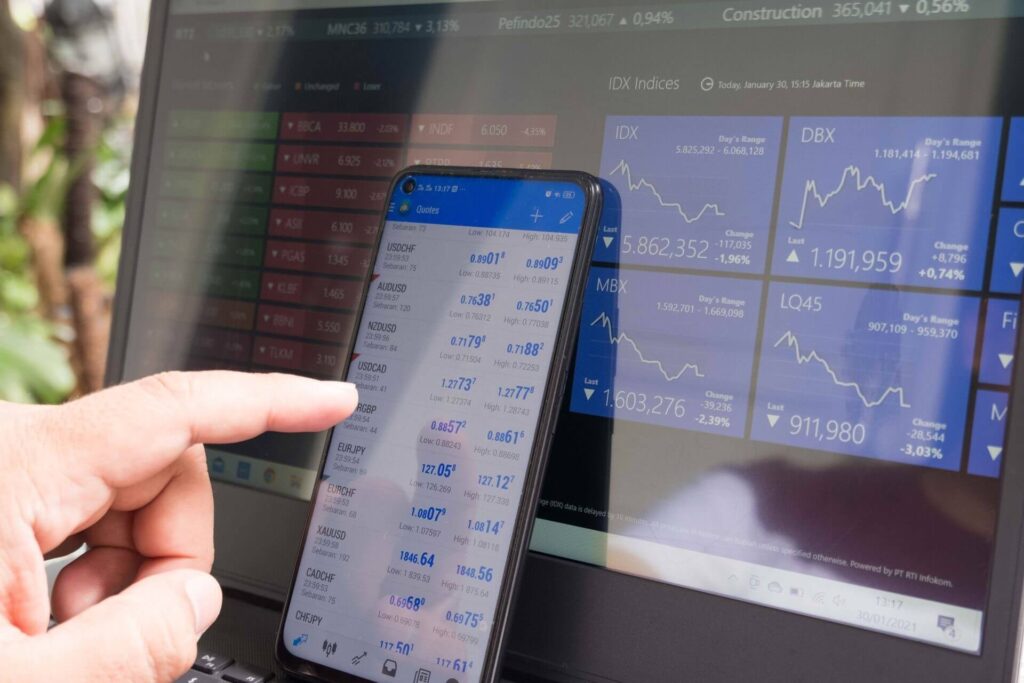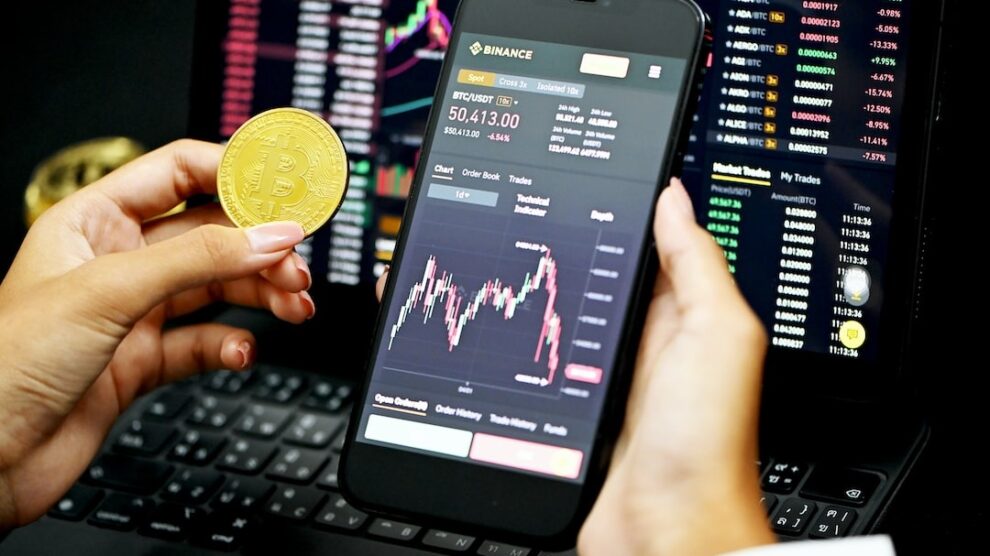The purchasing and selling of currencies on the international market is known as forex trading, or foreign exchange trading. Opening a trading account with a trustworthy broker is the first step in beginning a forex trading career. We’ll walk you through the process of opening an account to trade forex in this article.
First Step: Select a Forex Broker
To select the best forex broker for you, do your homework and compare a number of them. Take into account elements like customer service, spreads, trading platforms, regulation, and leverage. Among the well-known forex brokers are:
\ul> \li>IC Markets
\li>XM
- OANDA`In addition, Pepperstone\/li>
- eToro`
Make sure the broker you select is governed by a respectable financial regulator, such as the Australian Securities and Investments Commission (ASIC) or the Financial Conduct Authority (FCA) in the UK.
Step 2
Go to the Broker’s Website
Once a broker has been chosen, go to their website and seek for the “Sign Up” or “Open an Account” button. To start the account opening process, click on it.
Step 3: Choose the Type of Account
The majority of forex brokers provide a variety of trading account kinds, including:
- Regular Account
- Mini Account
- ECN Account
- Demo Account (for practice trading)
Select the kind of account that best fits your funds, level of experience, and trading style.
Step 4: Complete the Enrollment Form
Enter all of your personal information, including your phone number, email address, country of residence, and complete name, in the registration form. For your trading account, you might also be required to generate a username and password.
Step 5: Identity Verification
Forex brokers demand you to provide proof of identity and address in order to comply with anti-money laundering (AML) and know your customer (KYC) rules. You must turn in the following paperwork:
-
- A legitimate identity document issued by the government, like a passport or driver’s license
A utility bill or bank statement, which is normally no more than three months old, can serve as proof of address.
As asked by the broker, upload copies of these papers that are readable and clear.

Step 6: Add Funds to Your AccountBefore you can begin trading after your account is approved, you must fund it. Most forex brokers accept a number of payment options, including:
-
- wire transfer from a bank
- Card type: credit or debit
Electronic wallets (such as Skrill and Neteller)
To add money to your trading account, select your favorite payment option and adhere to the broker’s instructions.
Install the Trading Platform after downloading it in Step 7.
Trading platforms are provided by forex brokers, enabling you to manage your positions, execute trades, and conduct market analysis. The most widely used trade networks are:
- The MetaTrader 4 (MT4) platform
- cTrader
\p> MetaTrader 5 (MT5)
On your PC or mobile device, download and install the trading platform that your broker has given.
Step 8: Proceed with Trading
You can begin trading FX as soon as the trading platform is installed and your trading account is funded. But before you start, you must familiarize yourself with the principles, tactics, and risk management of forex trading. Think about taking these actions:
- Discover the fundamentals of foreign exchange trading, including currency pairs, spreads, pips, and leverage.
- Examine various trading methods and select one that best suits your objectives and level of risk tolerance.
- To become acquainted with the platform and test your tactics without having to risk real money, practice trading on a demo account.
- Create a trading plan, adhere to it, and use appropriate risk management strategies.
Step 9: Keep an Eye on Your Trades and Keep Learning
Trading forex is a continual activity that calls for constant learning and adjustment. The following should be kept in mind as you gain experience:
-
- Keep an eye on your open transactions and modify your positions as necessary in accordance with your trading plan and the state of the market
To monitor your development, assess your performance, and pinpoint areas in need of improvement, keep a trading journal
Keep abreast on news and happenings in the market, the economy, and geopolitics that could affect currency prices.
- Read more books, watch webinars, and interact with the forex trading community to keep learning more.
Keep in mind that there is a lot of danger involved with forex trading, so you should go cautiously and educate yourself before you trade. In your trading decisions, make sure to constantly emphasize risk management and never invest more than you can afford to lose.
You can start trading forex and possibly take advantage of the chances provided by the global currency market by following these steps and keeping a disciplined attitude.










Add Comment